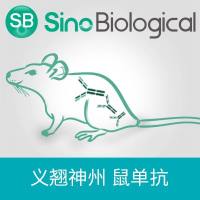The Role of Cell Adhesion Molecules in Neurite Growth
互联网
668
Stereotyped patterns of axonal growth and axon-axon bundling leading to tract formation are common features of nervous system development in organisms as diverse as grasshoppers and humans. In grasshoppers, axons growing from individual, identified neurons follow stereotyped pathways, making turns at choice points, which suggests that the pathways bear specific guidance cues (Goodman et al, 1982; Raper et al., 1983a ,Raper et al., 1983b ). Such path-following by growth cones has been hypothesized to result from an adhesive preference for molecules on the surfaces of “guidepost” cells strategically placed along the way, or for recognition molecules on other axons. These guidepost cells and previously laid down axons together are thought to create labeled pathways (Goodman et al., 1982; Raper et al., 1983a ,Raper et al., 1983b ,Raper et al., 1983c ; Raper et al., 1984 ) that guide subsequent neurite growth. Labels that create adhesive preferences could be specific molecules on glial cells or axons, or could be components of the extracellular matrix. The adhesive preferences of growth cones for a given axonal or glial surface seem to be absolute rather than hierarchical, and specific guidance cues are required for both axon initiation and continued axon extension (Bastiani and Goodman, 1986 ; Bastiani et al., 1986 ; du Lac et al., 1986 ).









